Farrowing duration can affect colostrum yield
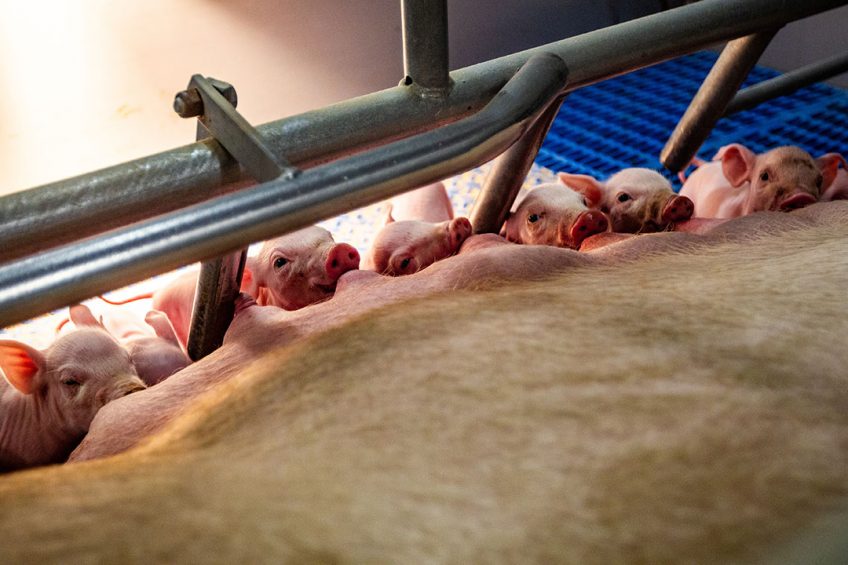
Longer farrowing duration can be detrimental and can negatively influence sow colostrum yield.
That was one of the key messages from a recent publication in the peer reviewed journal Livestock Science, by researchers associated with the University of Helsinki, Finland and the University of Life Sciences in Tartu, Estonia.
The research also found that neonatal piglets can benefit from higher colostrum immunoglobulins, serum amyloid A levels, and a decreased level of plasma progesterone in sows at the end of farrowing.
Sow colostrum yield and composition
The study investigated sow colostrum yield, colostrum composition and factors affecting them, and their relation to piglet survivability, growth and mortality. The study included 230 sows with 3,210 live-born piglets from 5 Finnish herds and 1 Dutch sow herd.
The team supervised sow farrowing, and weighed piglets individually at birth and 24 hours after birth of the 1st piglet in order to calculate piglet colostrum intake and sow colostrum yield. They also assessed colostrum nutritional composition, immunoglobulin (Ig), serum amyloid A and haptoglobin contents. Sow plasma serum amyloid A, haptoglobin and progesterone around farrowing were also assessed. What’s more, the team weighed selected ear-tagged piglets at 3-4 weeks of age to calculate individual average daily gain.
Positive correlation with plasma haptoglobin
The team found that sow colostrum yield was positively correlated with plasma haptoglobin and number of live-born piglets. An additional minute of farrowing duration lowered the colostrum yield by 2.2 g.
Piglet colostrum intake was positively associated with piglet weight at birth and negatively associated with the number of live-born piglets in the litter and percentage of protein in the colostrum.
Both piglet colostrum intake and birth weight were positively associated with piglet average daily gain (ADG). Piglet survival from birth to weaning depends on colostrum intake.
Risk of a piglet death
The team wrote: “We established that the risk of piglet death or of a piglet being treated with antibiotics before weaning increases with a decrease in sow backfat thickness at farrowing. Similarly, we found that piglets from litters with low body weight at birth and low colostrum intake had a higher risk of death before weaning.”
The researchers wrote that piglets born from sows with lower levels of colostrum IgA and serum amyloid A and high plasma progesterone at the end of farrowing had a higher risk of neonatal diarrhoea. Piglets born from sows having higher back fat thickness at weaning had a higher risk of developing weaning diarrhoea.

Also read: Identifying at-risk piglets
Longer farrowing duration
Summarising, the researchers wrote that longer farrowing duration can be detrimental and can negatively influence sow colostrum yield. In addition, they wrote: “Sow body condition and physiological status around farrowing can also affect colostrum yield, and thereby increase piglet mortality and use of antibiotics in neonatal piglets.”
The research paper in Livestock Science was authored by Shah Hasan, Anna Valros, Sami Junnikkala, Olli Peltoniemi and Claudio Oliveiro, University of Helsinki, Finland; and Toomas Orro, University of Life Sciences, Tartu, Estonia.
 Beheer
Beheer


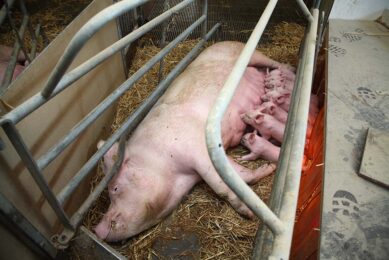
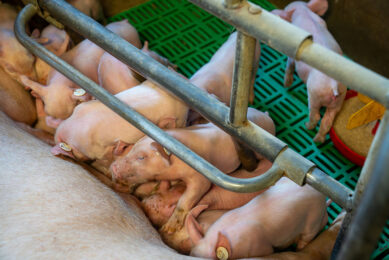
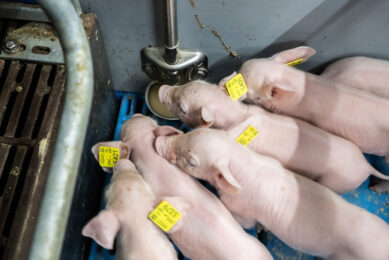
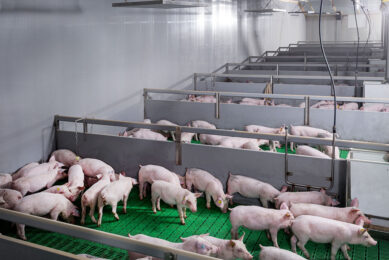



 WP Admin
WP Admin  Bewerk bericht
Bewerk bericht